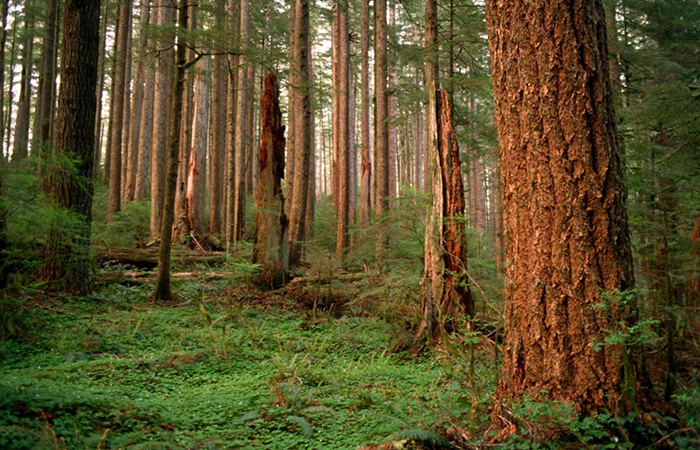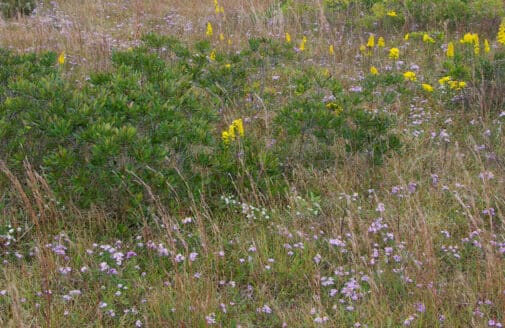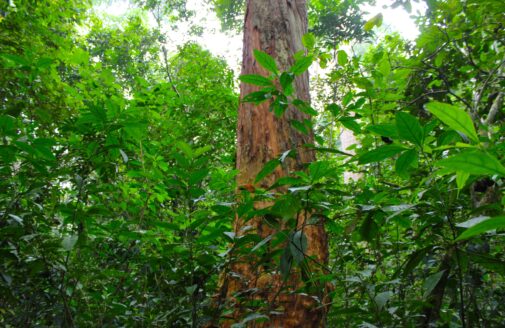Special message regarding federal forest inventory

photo by U.S. Forest Service-Pacific Northwest Region
On April 20, the Biden administration released a first-of-its-kind inventory of mature and old growth forests on federal lands, as had been mandated by an executive order on Earth Day last year. The inventory is technically sound and identifies more than 112 million acres of mature and old growth forest on land managed by the Forest Service and Bureau of Land Management—more than previous analyses, which is great news. This is a necessary first step toward protecting these important forests, but there are critical gaps that must be addressed as protections are designed.
First and foremost, the carbon storage and climate mitigation power of these forests should be front and center, but both go largely unmentioned in the latest report. Federal forests absorb the equivalent of roughly 3% of US emissions from fossil fuel burning each year, and mature and old growth forests are responsible for the majority of carbon uptake and storage. Multiple analyses by Woodwell Climate scientists and collaborators have found that the largest trees make up a small fraction of trees in a forest but store the majority of carbon. Furthermore, as intact forests mature, they accumulate even more carbon in soils.
In order to protect these mature and old growth forests, and the carbon and biodiversity they hold, we must identify the threats they face. The greatest threat facing national forests—and the one we most directly control—is logging; but here again, the latest report is largely silent. Instead, the focus is on warming-driven risks, especially fire. While it is vitally important to address climate risks, management actions to limit fire are not necessarily applicable in older forests. The body of evidence indicates that the best way to foster resilience to environmental disturbance, like fire, is to keep mature and old growth forests intact.
Further proposed rule-making and public comment opportunities are expected in coming days, and Woodwell Climate will be vocal in calling for protection of mature and old growth forests as the critical climate mitigation assets that they are.







